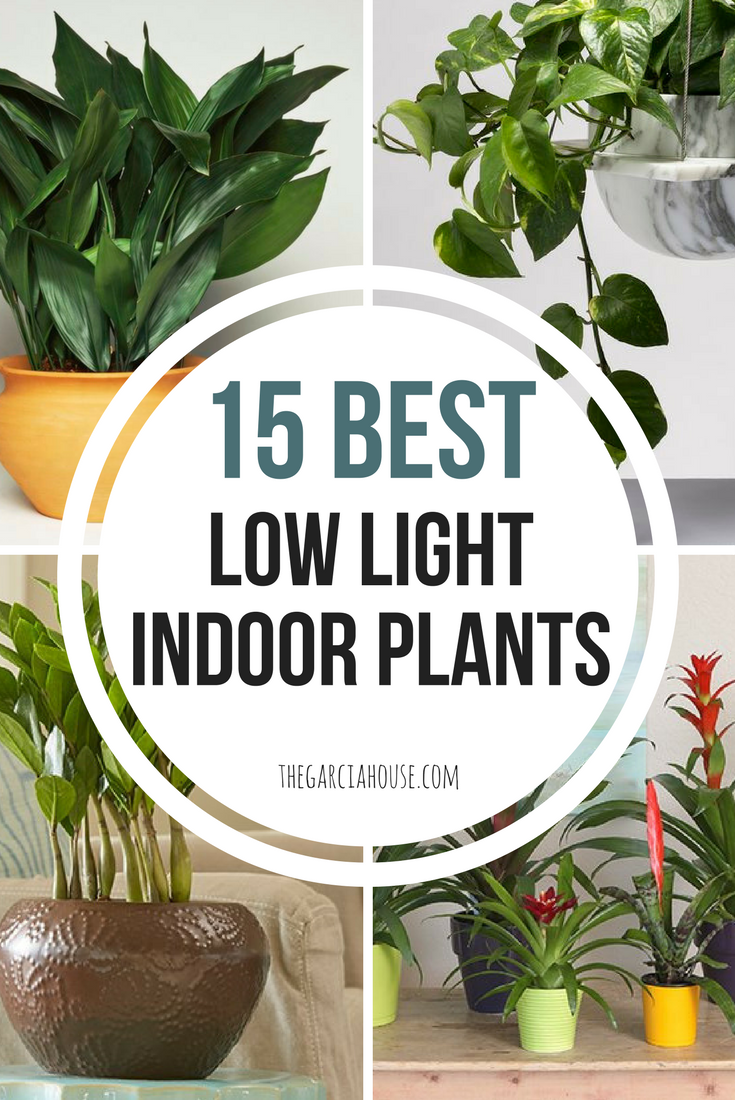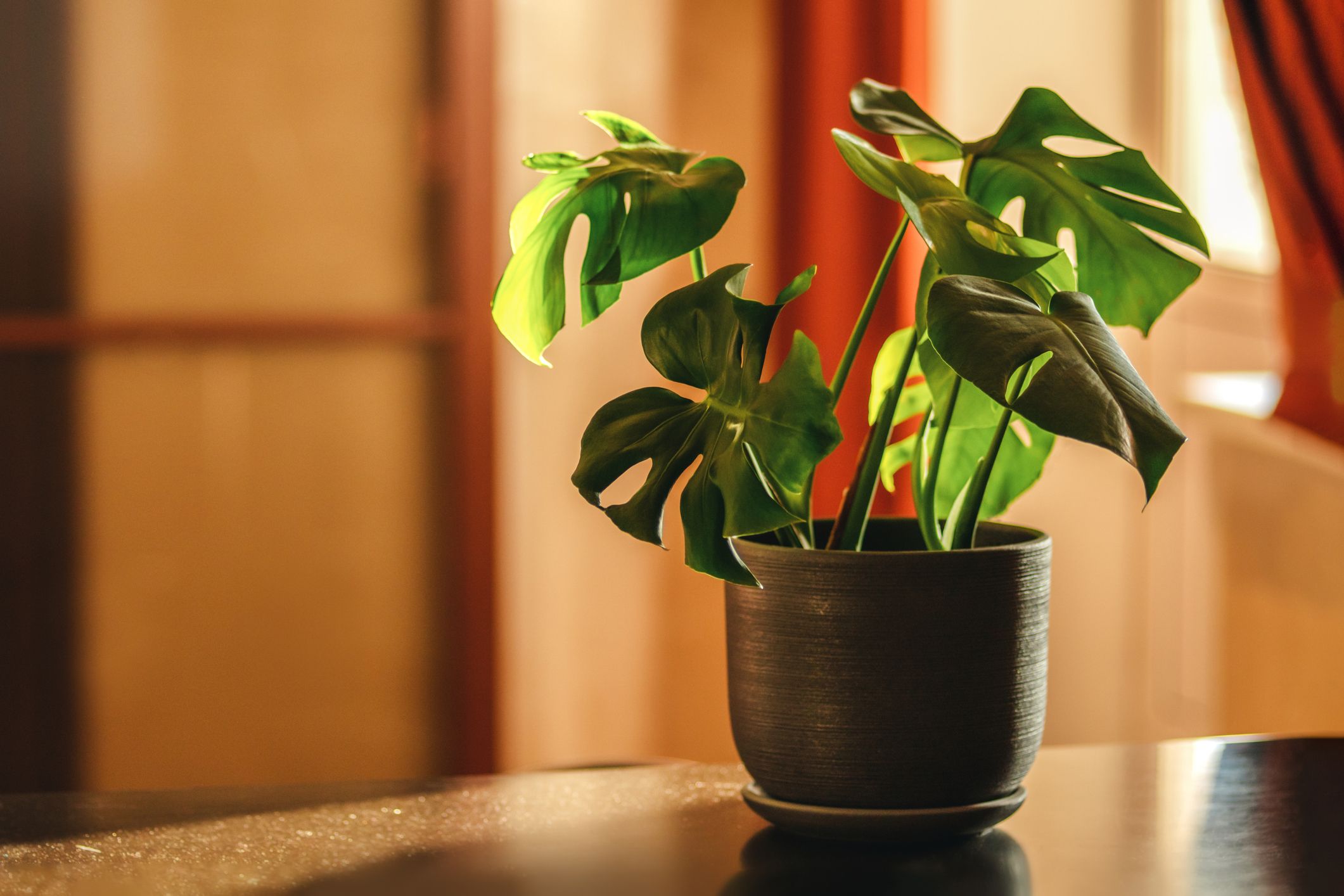Transform Your Home With Beautiful Low-Light Indoor Plants and Their Benefits
Incorporating low-light interior plants right into your home can considerably boost both the ecological and visual high quality of your space. These plants, which flourish in dim problems, offer not only as ornamental components but also as all-natural air cleansers, making them ideal for metropolitan occupants or those with minimal sunlight exposure. As we check out the numerous sorts of low-light plants and their benefits, you may discover shocking means to integrate them into your home that can change your surroundings in ways you may not have actually prepared for.
Advantages of Low-Light Plants
Low-light plants offer various advantages for interior settings, making them a superb choice for both novice and skilled gardeners. Among the main advantages is their flexibility to low-light problems, enabling individuals to enhance their living rooms without the need for extensive sunshine direct exposure. This particular makes them optimal for homes, offices, and various other locations with minimal all-natural light.

Moreover, including low-light plants right into home décor can elevate the aesthetic appeal of a space. Their lavish vegetation and differed structures produce a calming atmosphere, adding to total health. The presence of plant has been linked to lowered anxiety levels and enhanced performance, making low-light plants a functional option for enhancing both physical and psychological health and wellness in indoor setups.
Leading Low-Light Indoor Plants
While several indoor plants grow in brilliant light, numerous types are specifically appropriate for low-light problems, making them optimal for various indoor rooms. One prominent selection is the Snake Plant (Sansevieria), understood for its striking upright fallen leaves and durability, calling for minimal treatment. An additional outstanding alternative is the Pothos (Epipremnum aureum), which features heart-shaped fallen leaves and can route wonderfully from racks or hangers, thriving in low light and including a lavish touch.
The ZZ Plant (Zamioculcas zamiifolia) is celebrated for its glossy fallen leaves and capacity to endure disregard, making it perfect for busy way of lives. The Tranquility Lily (Spathiphyllum) not only tolerates low light however additionally generates stunning white blooms, improving any type of area's visual.
For an one-of-a-kind touch, consider the Cast Iron Plant (Aspidistra elatior), which certainly measures up to its name, prospering in the darkest edges of your home. Last but not least, the Chinese Evergreen (Aglaonema) supplies a selection of fallen leave patterns and shades while being incredibly flexible in low-light problems. These plants not only enhance indoor atmospheres but likewise add to air purification, improving your home.
Care Tips for Low-Light Plants

Watering methods are critical; these plants often like somewhat completely dry problems. Overwatering can bring about root rot, so ensure that the top inch of soil is dry before watering once again. Use pots with drain holes to enable excess wetness to get away.
Moisture is an additional vital variable. Several low-light plants, such as brushes and tranquility lilies, advantage from greater moisture degrees. To boost moisture, think about misting the fallen leaves or putting a tray of water near the plants.
Fertilization ought to be approached with caution. During the growing period, make use of a thinned down, well balanced fluid fertilizer monthly to support growth, but stay clear of feeding throughout the dormant cold weather.

Innovative Ways to Present Plants
Interior plants can work as captivating focal factors in any kind of area, enhancing both aesthetic charm and setting. Imaginative displays can elevate the visual effect of low-light plants, making them an important component of your home decor. One effective method is to utilize tiered plant stands, which enable you to display several plants at differing elevations while making the most of floor space.
Hanging planters are one more ingenious choice, producing a sense of depth and drawing the eye up. Think about macramé hangers or wall-mounted shelves to introduce a distinct structure and style.
For a more structured approach, use geometric terrariums or glass containers to house your plants, adding a modern-day touch to your interior yard. You can additionally repurpose classic products, such as teacups or wooden cages, for a diverse screen that shows your character.
Enhancing Home Ambiance With Plants
Integrating low-light plants right into your home not just improves visual appeal but also adds dramatically to the total atmosphere. These plants act as natural style components, introducing a sense of peace that can change any type of room. The visibility of plant cultivates a soothing environment, which is specifically useful in high-stress settings such as home workplaces or living rooms.
Low-light plants, such as snake plants, pothos, and ZZ plants, are not only aesthetically pleasing however likewise improve interior air top quality by filtering pollutants. resource This twin function click for more info improves the setting additionally, producing a healthier space (Best low-light indoor plants). The calculated placement of these plants can likewise influence the assumption of space; for circumstances, tall plants can attract the eye up, making ceilings show up higher and areas much more spacious
In addition, varying appearances and colors of vegetation include depth to interior decoration, permitting for creative expression in home designing. Whether put on racks, in edges, or as centerpieces, low-light plants can raise the state of mind of any type of room. In summary, integrating these plants right into your home is an effective means to foster a warm, welcoming atmosphere while profiting of improved air high quality and aesthetic adaptability.
Verdict
Integrating low-light interior plants right into home settings supplies various advantages, consisting of enhanced aesthetic appeal and improved air quality. These resilient plants, such as the Serpent Plant and Tranquility Lily, require marginal light and upkeep, making them ideal for varied way of livings.
While lots of interior plants prosper in brilliant light, a number of types are particularly well-suited for low-light conditions, making them perfect for various interior rooms. One efficient approach is to make use of tiered plant stands, which permit you to display several plants at varying heights while making best use of flooring area.
Low-light plants, such as snake plants, pothos, and ZZ plants, are not just cosmetically pleasing however likewise improve interior air high quality by filtering pollutants. Best link low-light indoor plants. The critical positioning of these plants can likewise influence the assumption of area; for instance, high plants can draw the eye upward, making ceilings show up higher and rooms extra roomy
These resilient plants, such as the Serpent Plant and Peace Lily, require very little light and maintenance, making them ideal for diverse lifestyles.